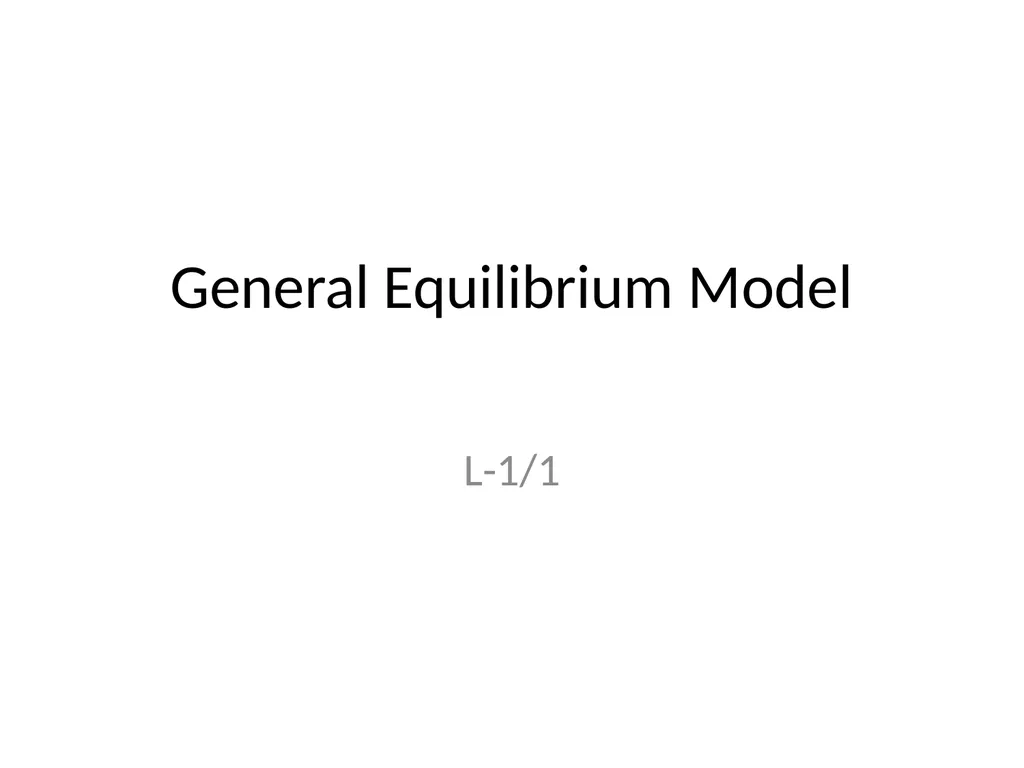
General Equilibrium Model L-1/1 Contents Partial
Author: alexa-scheidler | Published: 2025-05-30
Description: General Equilibrium Model L-11 Contents Partial vrs. General equilibrium Walrasian S System GE Paretian system of General Equilibrium Walrasin General Equilibrium Model 1. It defined as state in which all the markets and decisions making
Download Presentation
Download the PPT/PDF: Download
Transcript:
Loading transcript…